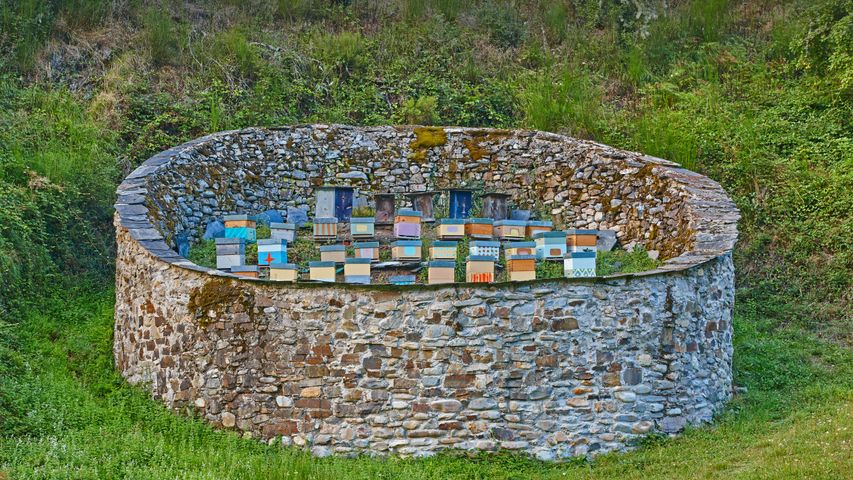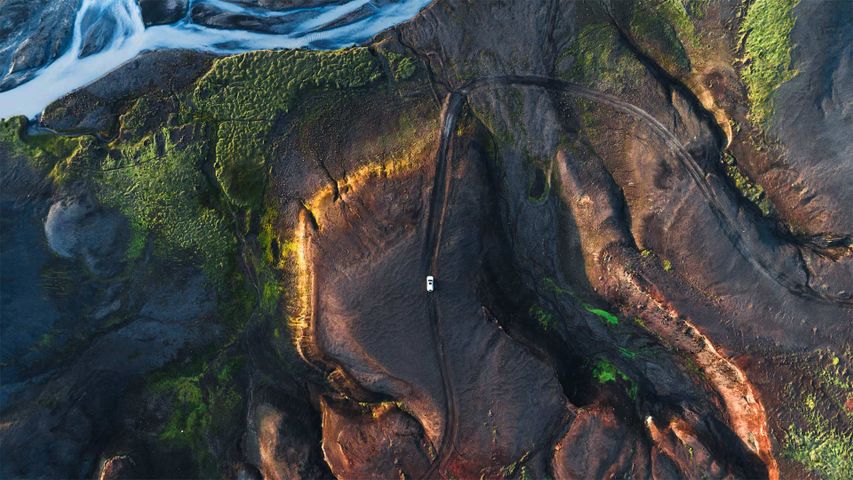Rub' al Khali desert on the border of Oman and the Emirate of Dubai
© Daniel Schoenen/Offset by Shutterstoc
Signs of life in the Empty Quarter
An unlikely tree stands amid the seemingly endless dunes of the Rub' al Khali desert in the Arabian Peninsula. The Rub' al Khali, meaning Empty Quarter, is a vast sea of sand. Spreading across 250,000 square miles, it's the largest contiguous sand desert in the world, covering most of south-east Saudi Arabia, with smaller portions in Yemen, Oman and the United Arab Emirates. One of the driest places on Earth, almost nobody lives in Rub' al Khali, and much of the desert remains unexplored. Some of the dunes tower more than 800ft (244m) high, and the depressions in between, called sabkhas, can be so soft that vehicles, camels and people can easily become stuck.
The Rub' al Khali wasn't always so forbiddingly dry. At various times between 2,000 and 6,000 years ago, cataclysmic rainfall, like modern-day monsoons, formed shallow lakes in the spaces between the dunes. Most of these lakes were temporary, but some lasted hundreds of years and supported a variety of plants and animals, even large creatures like hippopotamuses, water buffalo, and long-horned cattle. Rain isn't unheard of today, either. In May 2018, Cyclone Mekunu brought enough rain to form lakes in the Rub' al Khali for the first time in about 20 years - a rare occasion when the Empty Quarter wasn't looking so empty after all.
Related Images
Bing Today Images


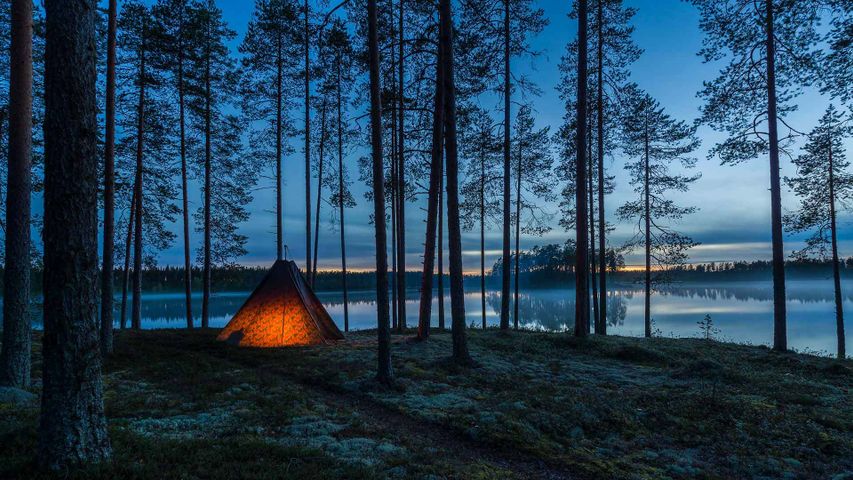

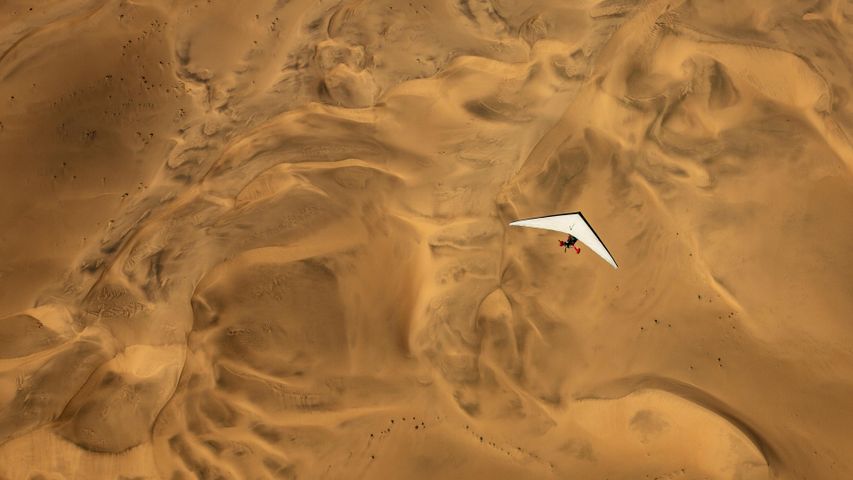 An ultralight aircraft flying over the sands of Namibia
An ultralight aircraft flying over the sands of Namibia
 Sandstone formations in the badlands near Caineville, Utah, United States
Sandstone formations in the badlands near Caineville, Utah, United States
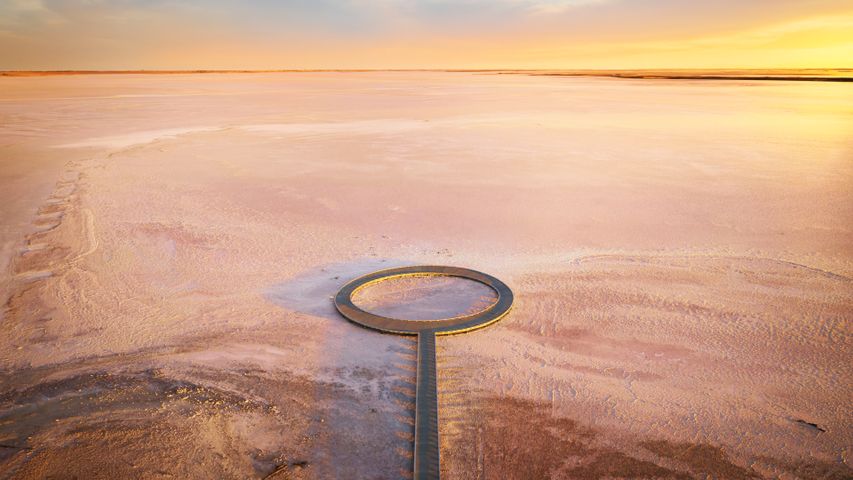 Lake Tyrrell, Victoria, Australia
Lake Tyrrell, Victoria, Australia
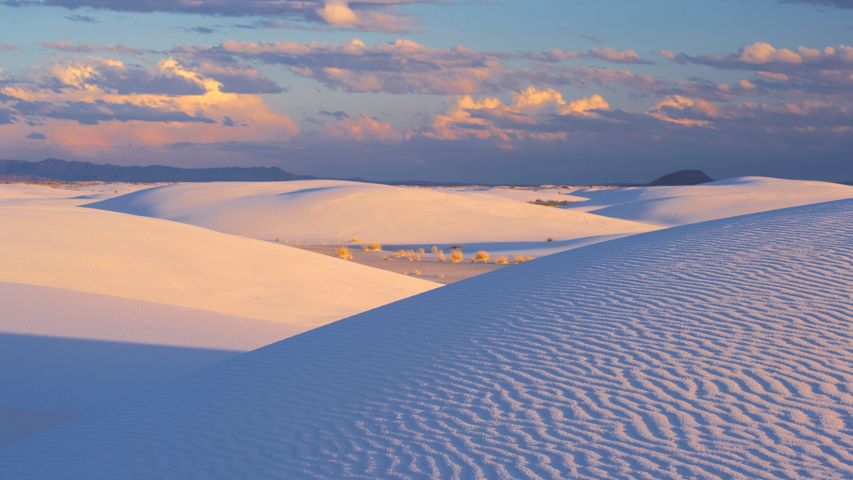 White Sands National Park, New Mexico, USA
White Sands National Park, New Mexico, USA
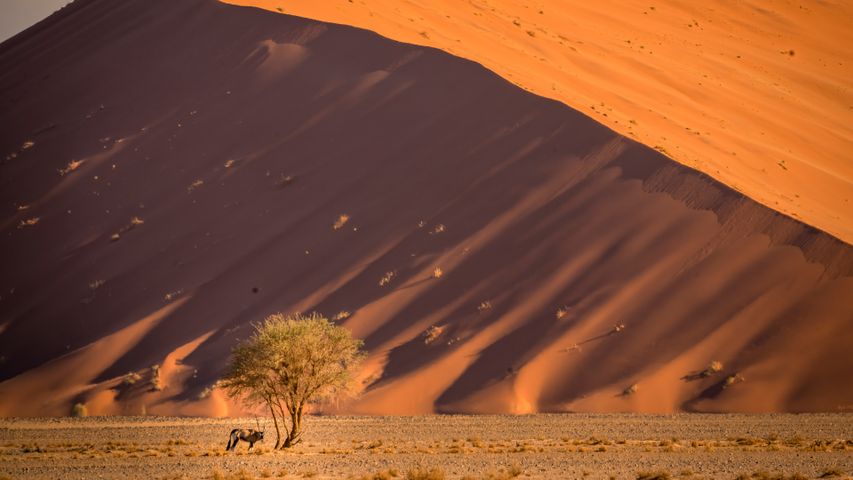 Sossusvlei sand dunes, Namib desert, Namibia
Sossusvlei sand dunes, Namib desert, Namibia
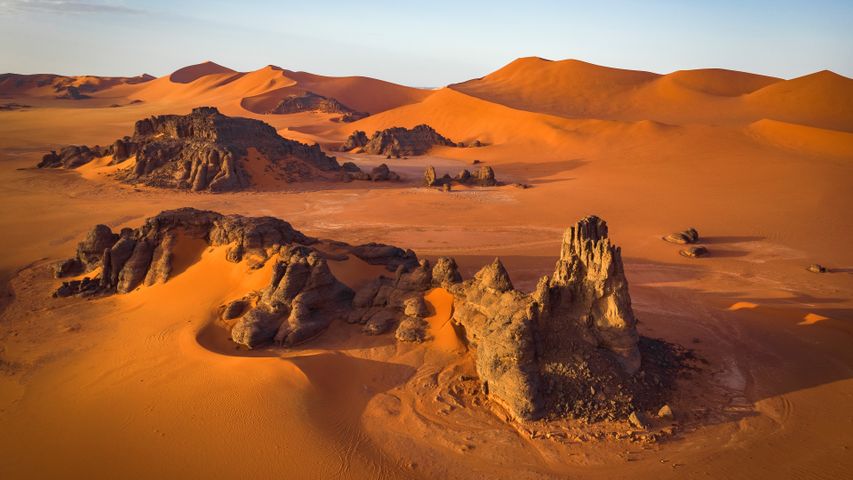 Rock formations and sand dunes in the Sahara, Djanet, Algeria
Rock formations and sand dunes in the Sahara, Djanet, Algeria
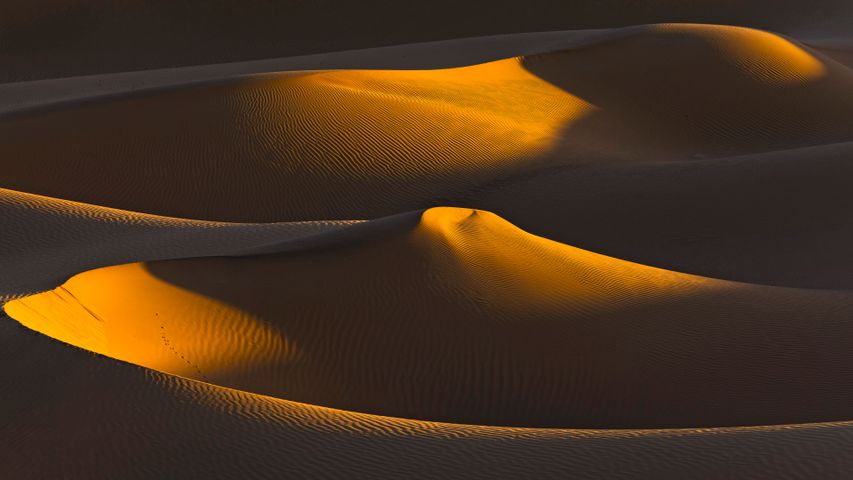 Sand dunes in the Sahara, Algeria
Sand dunes in the Sahara, Algeria
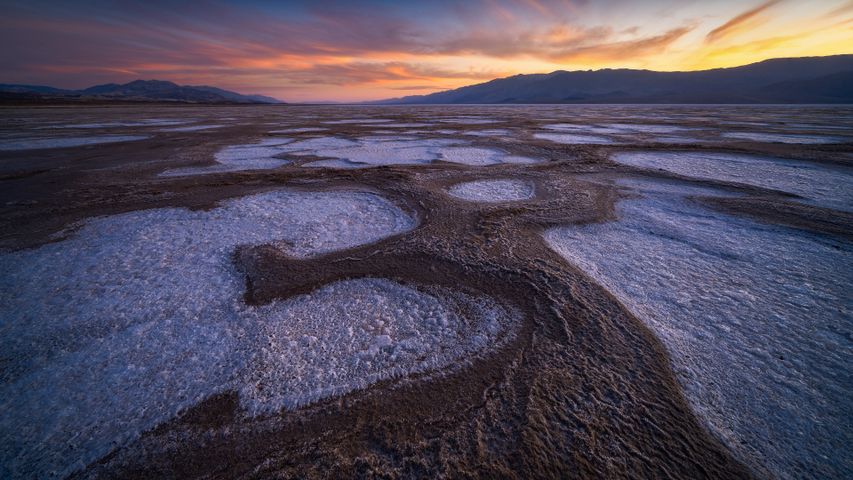 Salt flats in Badwater Basin, Death Valley National Park, California, USA
Salt flats in Badwater Basin, Death Valley National Park, California, USA
